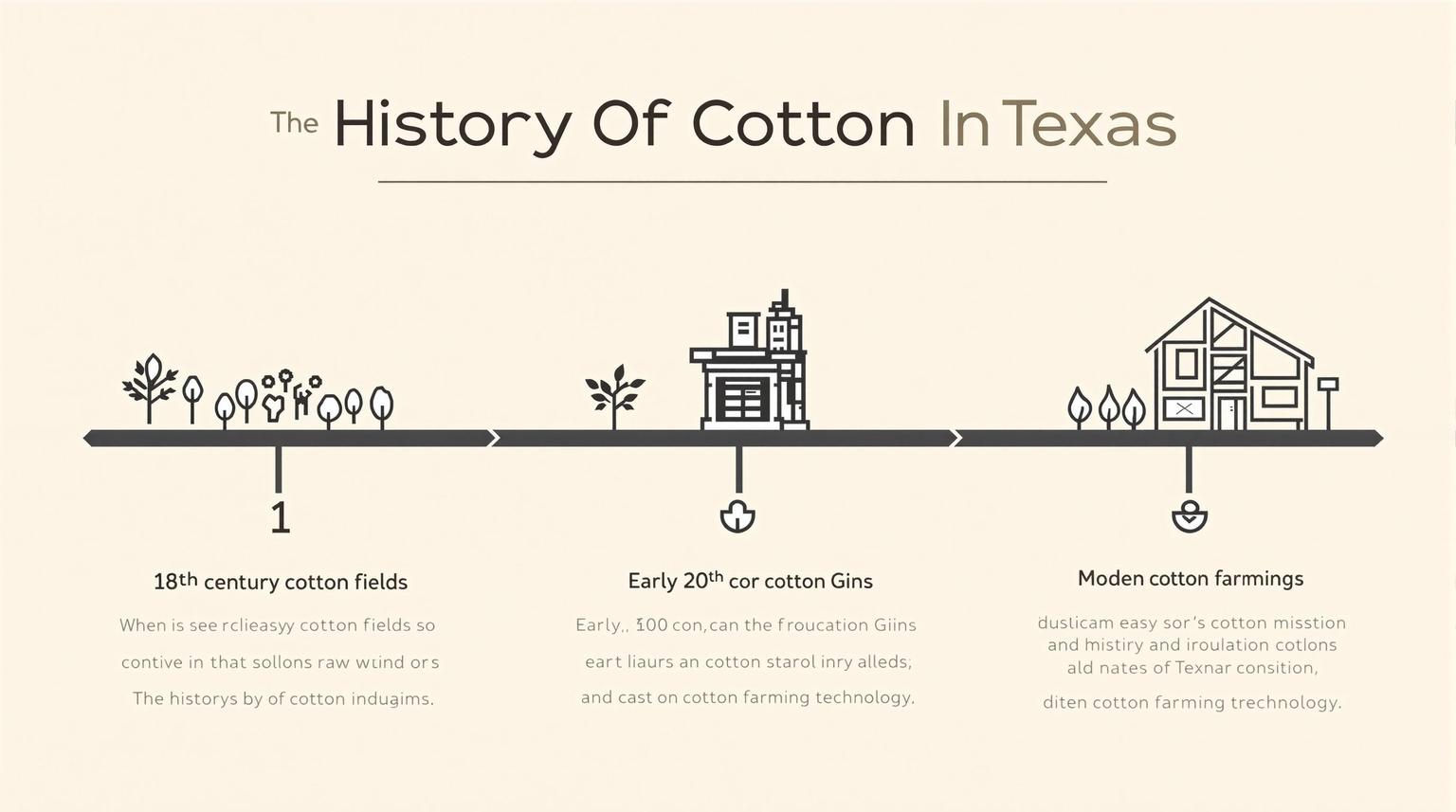Why Early Pest Detection Matters in Cotton Fields
You've spent years refining your cotton operation, dialing in rotations and inputs to squeeze every bale from your acres, but pests remain that unpredictable wildcard capable of undoing months of work in weeks. Advanced cotton pest scouting techniques offer a proactive edge, allowing you to spot threats like bollworms or aphids before they escalate, minimizing chemical use and preserving yields. In an era of resistance buildup and tighter margins, effective scouting isn't just good practice—it's essential for sustainability and profitability.
Extension trials across major belts show that early detection through structured scouting can reduce pesticide applications by 20-30%, while boosting lint quality by curbing damage during boll fill. Factors like canopy density, weather patterns, and varietal susceptibility all influence pest dynamics, but with refined methods, you can turn observations into actionable intelligence. Assuming you're well-versed in thresholds and life cycles, we'll focus on innovative approaches that integrate tech, biology, and field craft to address challenges like hidden infestations or variable pressure.
Building a Scouting Calendar Tailored to Your Fields
A solid scouting plan starts with timing—aligning visits with pest life stages and crop vulnerability to maximize efficiency in cotton pest scouting techniques.
- Growth Stage Alignment: Begin weekly scouts at pinhead square for thrips, ramping to bi-weekly during bloom for stink bugs; post-cutout, focus on late-season aphids. Data indicates 70% of yield losses stem from mid-season oversights, so prioritize squaring to first boll.
- Weather-Informed Scheduling: Use degree-day models to predict hatch windows; after rain events, scout low spots for armyworm surges, as moisture accelerates larval growth.
- Field Zoning: Divide acres into high-risk (e.g., weedy borders) and low-risk zones based on historical data; allocate more time to edges where 80% of migrations occur.
Customize for your belt—humid Southeast demands fungal checks, while arid West emphasizes water-stressed hotspots. Challenges like large acreage are met with prioritized sampling; aim for 10-20 sites per 100 acres.
Essential Tools for Precision Scouting
Equipping yourself with the right gear elevates cotton pest scouting techniques from guesswork to science, enabling quicker, more accurate assessments.
- Magnifiers and Traps: Hand lenses (10-20x) reveal eggs on undersides; pheromone traps for moths provide population trends, with counts above 50/week signaling alerts.
- Digital Aids: Apps like IPM Pipe log geo-tagged finds; thermal cameras detect cooler aphid-infested areas, spotting clusters before visible honeydew.
- Sampling Kits: Sweep nets for foliage pests; beat sheets for ground-dwellers like fleahoppers—standardize 25 sweeps per site for reliable thresholds.
Invest in durable, weatherproof tools; budgets under $500 cover basics, with ROI from reduced sprays. Challenges in dense canopies require extension poles; calibrate traps seasonally for accuracy.
Systematic Field Walking Patterns
Random walks miss hotspots—structured patterns ensure comprehensive coverage in cotton pest scouting techniques.
- Zigzag Transects: Traverse fields in a Z-pattern, sampling every 50 paces; this captures variability across rows, ideal for 40-80 acre blocks.
- Border Focus: Circle perimeters first, as 60% of invasions start there; then grid internals for uniform checks.
- Stratified Sampling: Divide by topography—scout lowlands for moisture-loving pests like cutworms, uplands for drought-favoring spider mites.
Adjust for plant height; early season allows full coverage, mid-season demands row-hopping. Data shows patterned scouts detect 25% more issues than haphazard ones. Challenges in irrigated pivots involve quadrant divisions.
Identifying and Quantifying Pest Damage
Accurate ID separates benign from destructive—refine cotton pest scouting techniques with symptom recognition and counting protocols.
- Visual Cues: Bollworm frass on squares signals entry; aphid curling leaves indicate colonies—examine 100 terminals per site for presence.
- Damage Thresholds: Use economic injury levels; e.g., 3% square loss for pink bollworm triggers action, per extension guidelines.
- Beneficial Counts: Tally predators like ladybugs; ratios above 1:10 pest-to-beneficial often delay sprays, preserving ecology.
Document with photos for trends; apps aggregate data for seasonal analysis. Challenges like mimic symptoms (e.g., nutrient deficiency vs. disease) require lab confirmation.
Integrating Data for Decision-Making
Collecting intel is step one—analyzing the interventions in cotton pest scouting techniques.
- Record Keeping: Use spreadsheets or apps to log finds by date/location; trend graphs reveal migration patterns, informing thresholds.
- GIS Mapping: Plot hotspots on field maps; overlay with yield data to correlate losses, guiding future rotations.
- Predictive Models: Input scout data into tools like COTMAN for bollworm forecasts; accuracy hits 85% with consistent inputs.
Share with consultants for expert input; annual reviews refine models. Challenges in data overload are eased by focusing on key pests.
Addressing Regional Pest Pressures
Tailor cotton pest scouting techniques to your area's dominant threats for targeted efficiency.
- Southeast Boll Weevils: Trap borders weekly; zero tolerance post-eradication demands vigilance.
- Southwest Lygus: Sweep nets in alfalfa-adjacent fields; thresholds at 15/100 sweeps during bloom.
- Plains Spider Mites: Leaf inspections post-drought; hot spots near dusty roads require edge focus.
Adapt for resistance; rotate modes in high-pressure zones. Data from regional extensions fine-tunes.
Overcoming Scouting Challenges in Large Operations
Scale amplifies issues—innovate cotton pest scouting techniques for coverage without burnout.
- Team Training: Standardize protocols for crews; apps ensure consistent reporting, reducing errors by 20%.
- Remote Aids: Drones with multispectral cameras flag stress; ground-truth 10% of alerts for calibration.
- Outsourcing Peaks: Hire scouts during bloom; cost-benefit shows $5-10/acre savings in prevented losses.
Labor shortages met with automation; invest incrementally for ROI.
Economic Considerations in Scouting Programs
Effective cotton pest scouting techniques balance costs with yield protection—quantify for justification.
- Budget Breakdown: Labor at $10-15/hour for weekly scouts; tools amortize over 3-5 years, netting $50-100/acre returns via reduced sprays.
- Threshold Economics: Delay treatments until EIL; data shows 15-25% input savings without yield dips.
- Premium Incentives: Scout-maintained quality fetches better grades; micronaire stability adds 2-5 cents/pound.
Track via farm software; challenges in variable years demand conservative estimates.
Sustainable Scouting for Long-Term Health
Integrate eco-friendly elements into cotton pest scouting techniques for resilience.
- Beneficial Habitats: Plant borders to attract predators; scouts monitor efficacy, reducing chemical reliance.
- Resistance Monitoring: Test for Bt efficacy; rotate traits based on findings.
- IPM Synergies: Combine with cultural controls like early planting; scouts validate impacts.
Sustainability boosts market appeal; certifications reward low-input systems.
Evolving with New Threats and Technologies
Pests adapt—update cotton pest scouting techniques accordingly.
- Emerging Pests: Monitor for invasives like fall armyworm; apps alert regional outbreaks.
- Tech Horizons: AI image recognition for instant IDs; pilots show 30% time savings.
- Climate Shifts: Warmer winters accelerate cycles; adjust calendars yearly.
Stay informed via extensions; invest in training for edges.
Actionable Takeaways for Enhanced Scouting
Implement these to elevate your cotton pest scouting techniques:
- Calendar Setup: Align scouts with stages; weather-adjust weekly.
- Tool Kit: Equip with lenses/traps; integrate digital logs.
- Patterns: Use zigzags/zones; sample stratified.
- ID/Quantify: Threshold-based; include beneficials.
- Analyze/Act: Map trends; predict with models.
Mastering cotton pest scouting techniques safeguards investments, fostering sustainable success.
Cotton pest scouting techniques empower precise protection, turning vigilance into higher yields.


